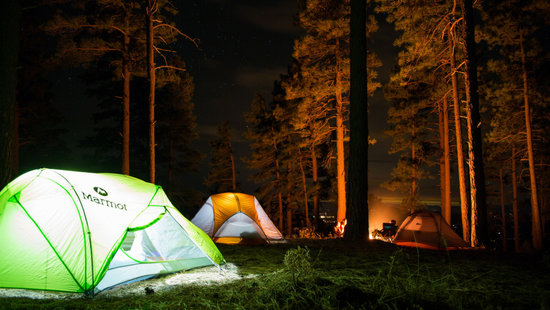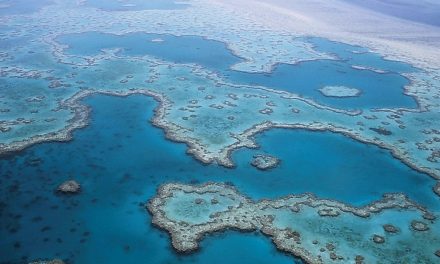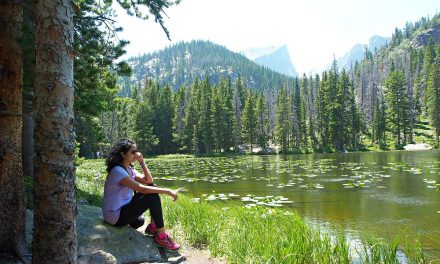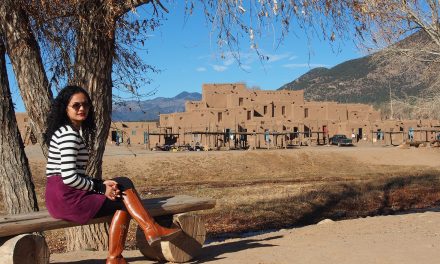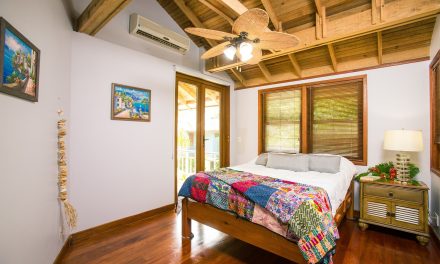If you are an amateur camper like me or love the outdoors and the idea of tent camping, but don’t know where to start, this blog post is for you
I simply love camping! This year, I managed to go on three awesome camping trips and for this I’m mighty proud of myself. But I’m no expert. I’m just an amateur who loves the outdoors and the idea of being out in the fresh air, gathering around the bonfire and sleeping under the starlit sky.
Even if it’s just for one night, a camping trip is an affordable adventure that – good or bad – you’ll likely remember for some time and you may end up with a funny story to tell. Mostly, all kids love to go camping – new places to explore, new activities to try and license to get dirty. Not to mention, it’s healthy for them (and you) to be away from that screen and out in the fresh air.
Related post: Camping at Inks Lake State Park, TX
If you aren’t comfortable camping on your own or don’t have the right company, there are quite a few volunteer run groups that organize camping trips which are family friendly and suitable for all levels. All the camping trips that I’ve been on this year have been through these groups that I’m a member of on Meetup.com. At the end of this blog post, I’ll link few such groups that are active in Texas.
Now because I love camping and because I want everyone to to be able to experience it, I thought I’ll put together some tips and checklists from my own experience that will come in handy for you. Here are some tips for you on what to expect for your first-time tent camping, what to wear and what gears to bring with you.
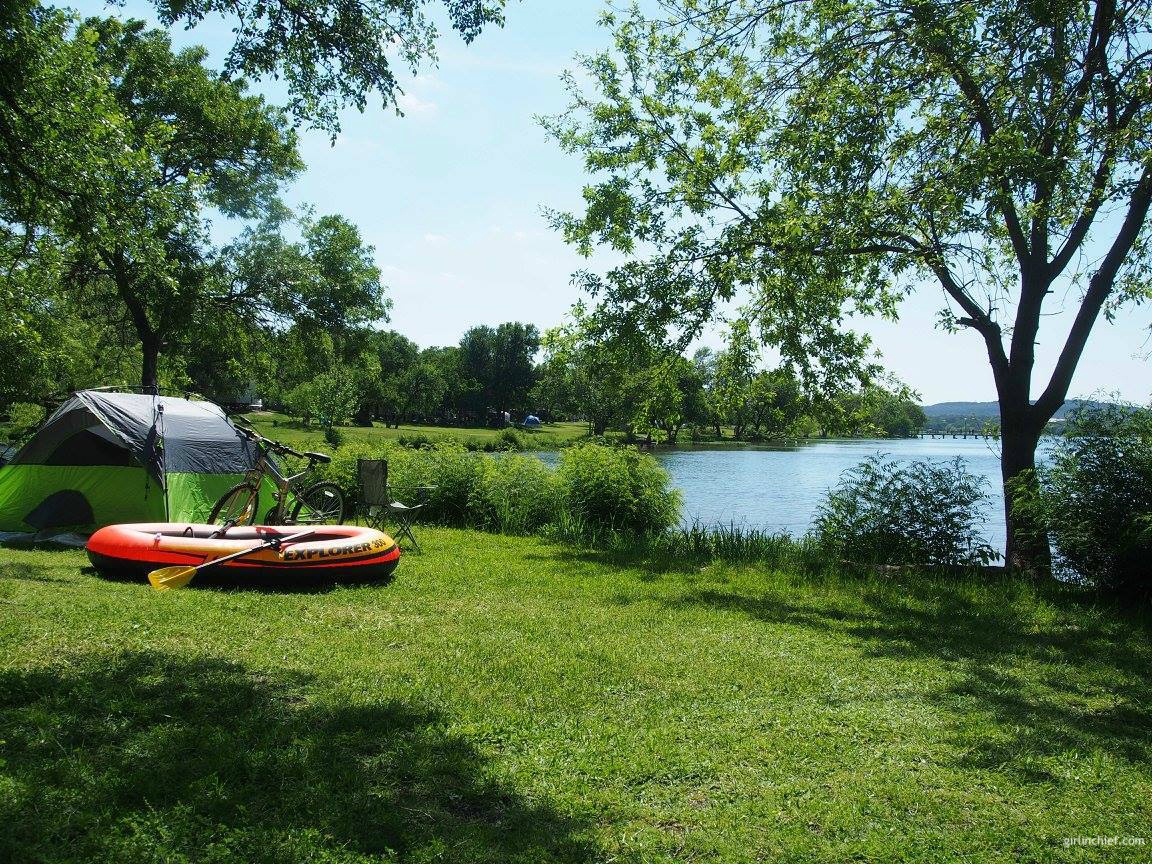
Best Time For Tent Camping
Spring and summer are undoubtedly the best seasons to go camping. But as you bemoan summer’s end, don’t fret – you don’t have to put your camping dreams away just yet. Be assured that fall/autumn can be an excellent season for camping. Of course one of the most compelling reasons to camp in fall is the beauty of the leaves changing color. Depending on your latitude, fall foliage is usually most stunning from September through October, but can linger into November (if like me, you call one of the southern states of US home, now is a great time to go tent camping). It is neither too hot nor too cold.
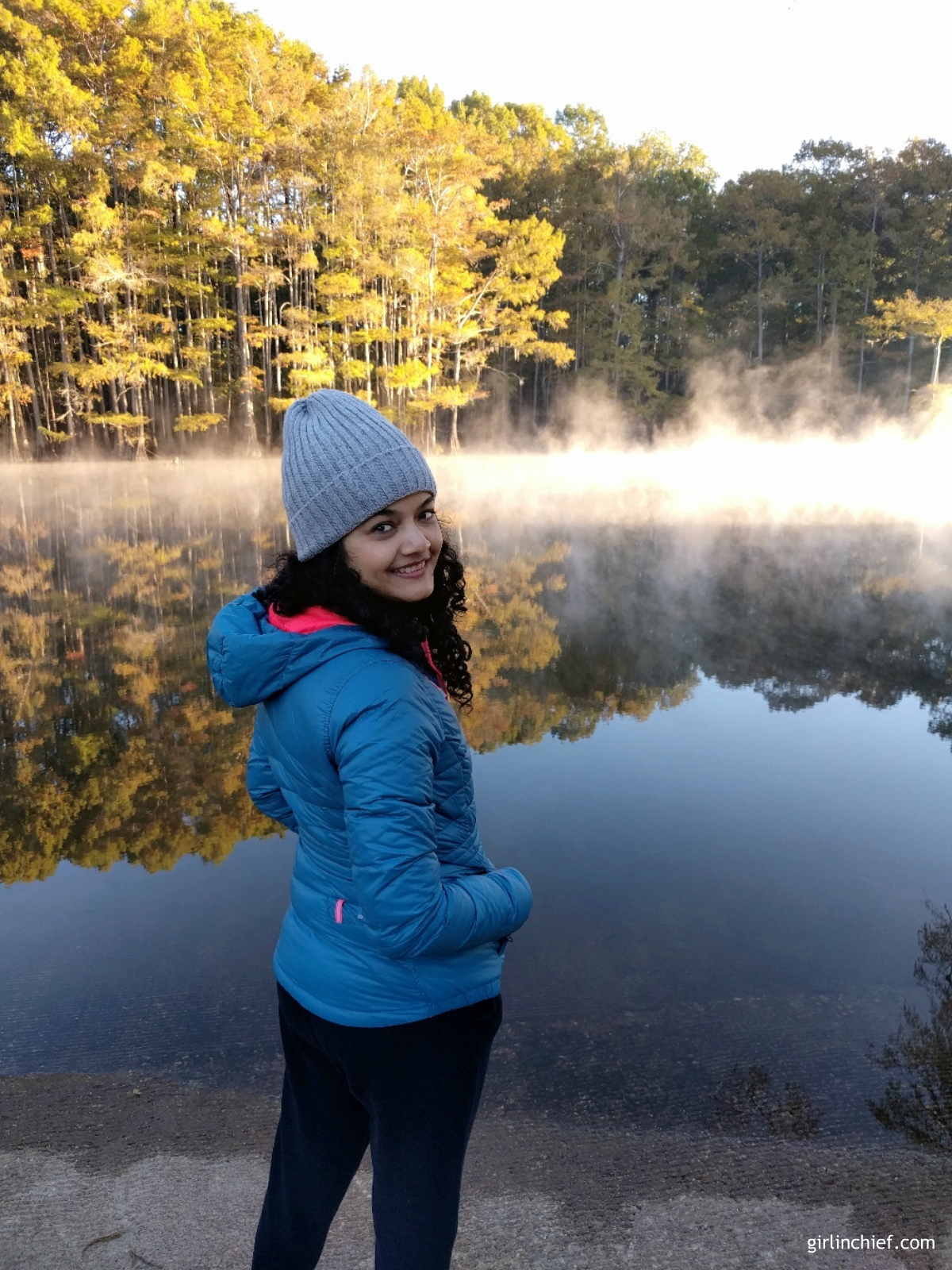
Finding The Best Campground
Fortunately, US offers lots of inexpensive camping options, most of them run by National Park Service. For family vacations, consider national parks or state parks which often combine terrific attractions with family-friendly amenities. Wildlife lovers should consider national wildlife refuges. Simply looking for the closest camping spot? Recreation.gov offers a convenient location tool and you can make a booking online.
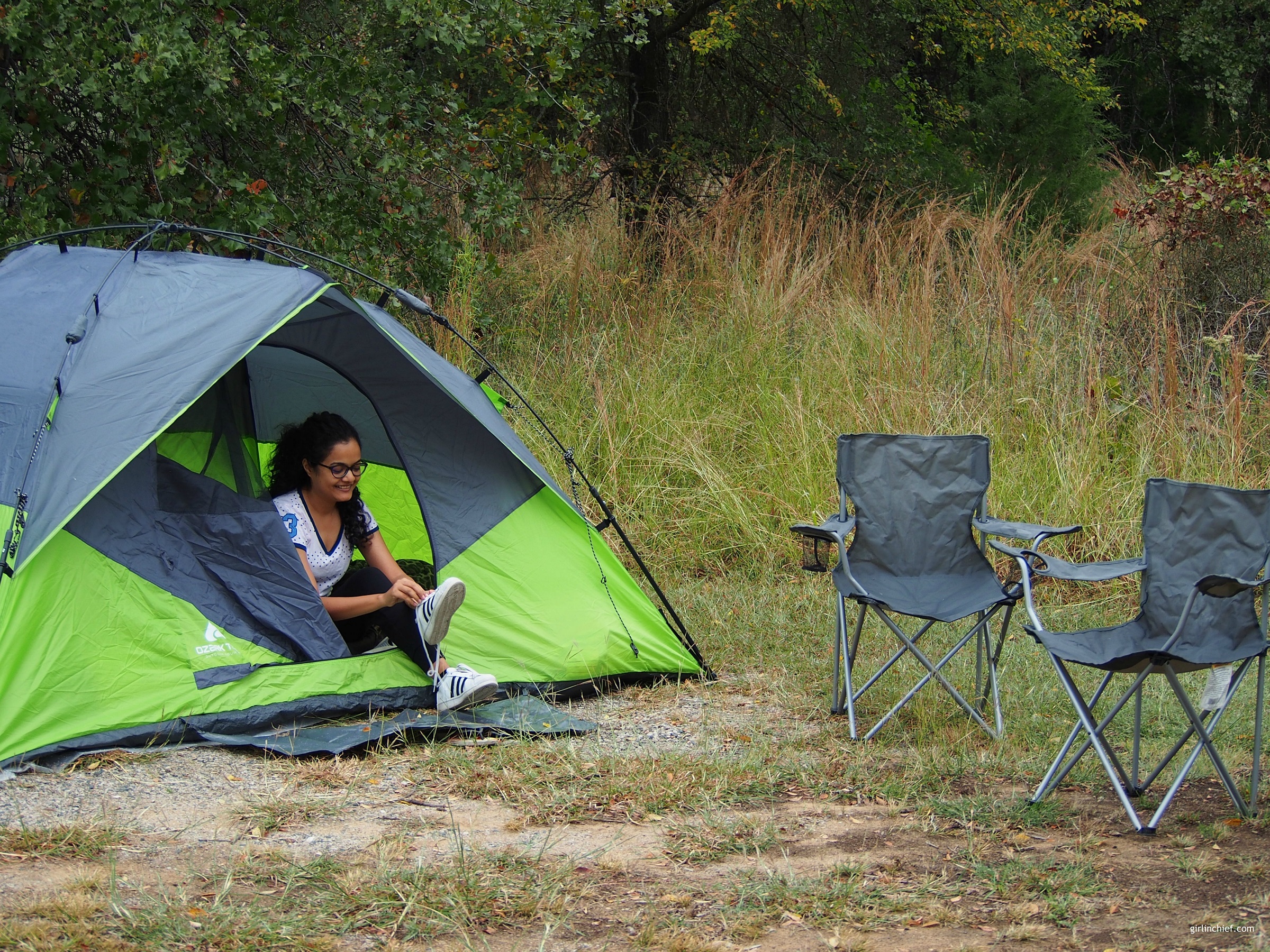
What To Expect From Tent Camping
1. You will get dirty – But that is part of the fun of being outdoors.
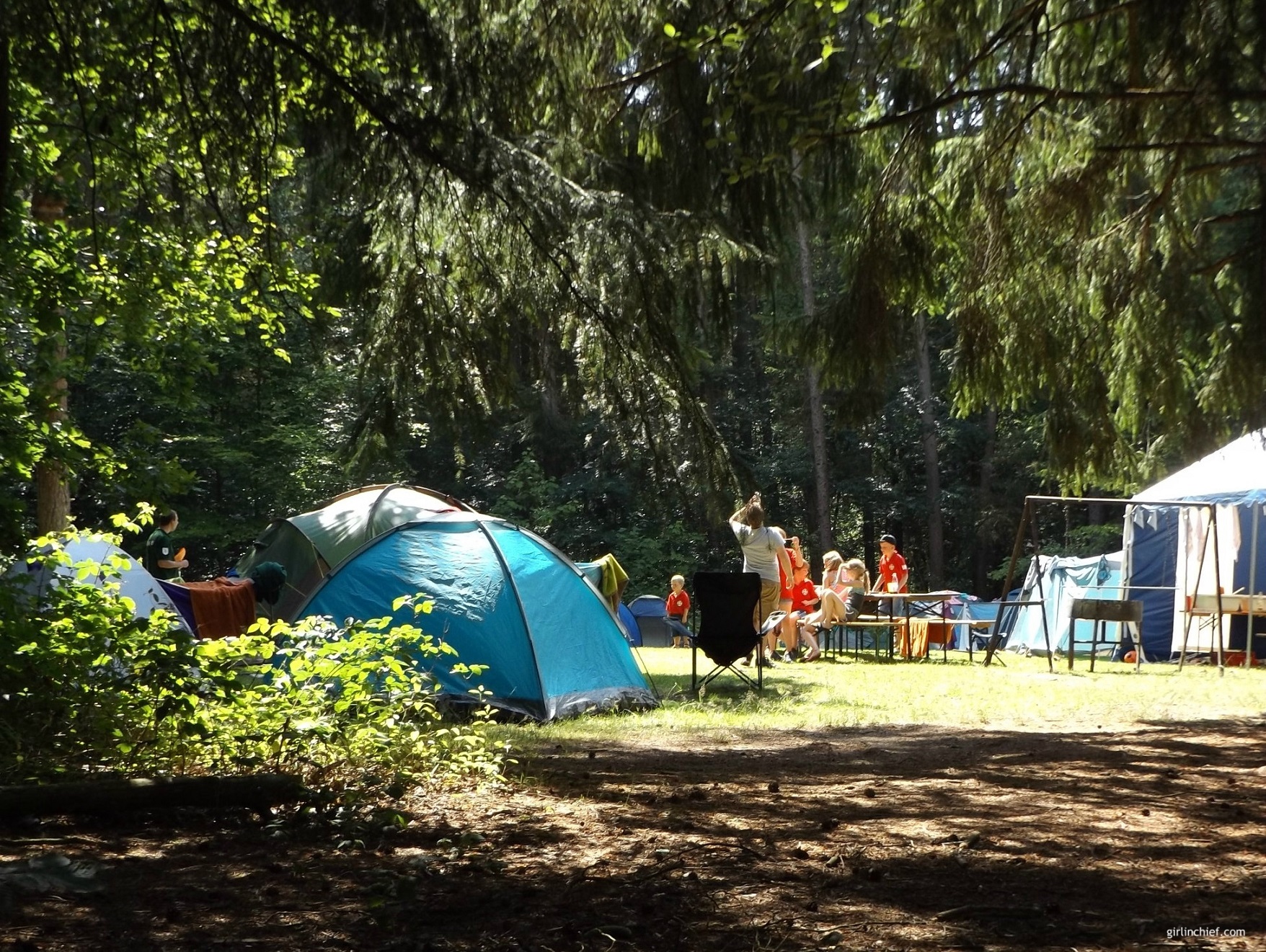
2. You will need to share the bathroom and toilets with fellow campers – Most of the campgrounds have a public bathhouse and toilets. I suggest the first you do when you reach your campground is locate the public restrooms. Don’t worry about the cleanliness part because these are well maintained. Bringing an extra bathroom roll is advisable though I’ve never needed to use my own.
3. You will most probably have no cell service – Let your friends and family know that you’ll be out camping because people might not be able to reach you on your phone because of little or no network.
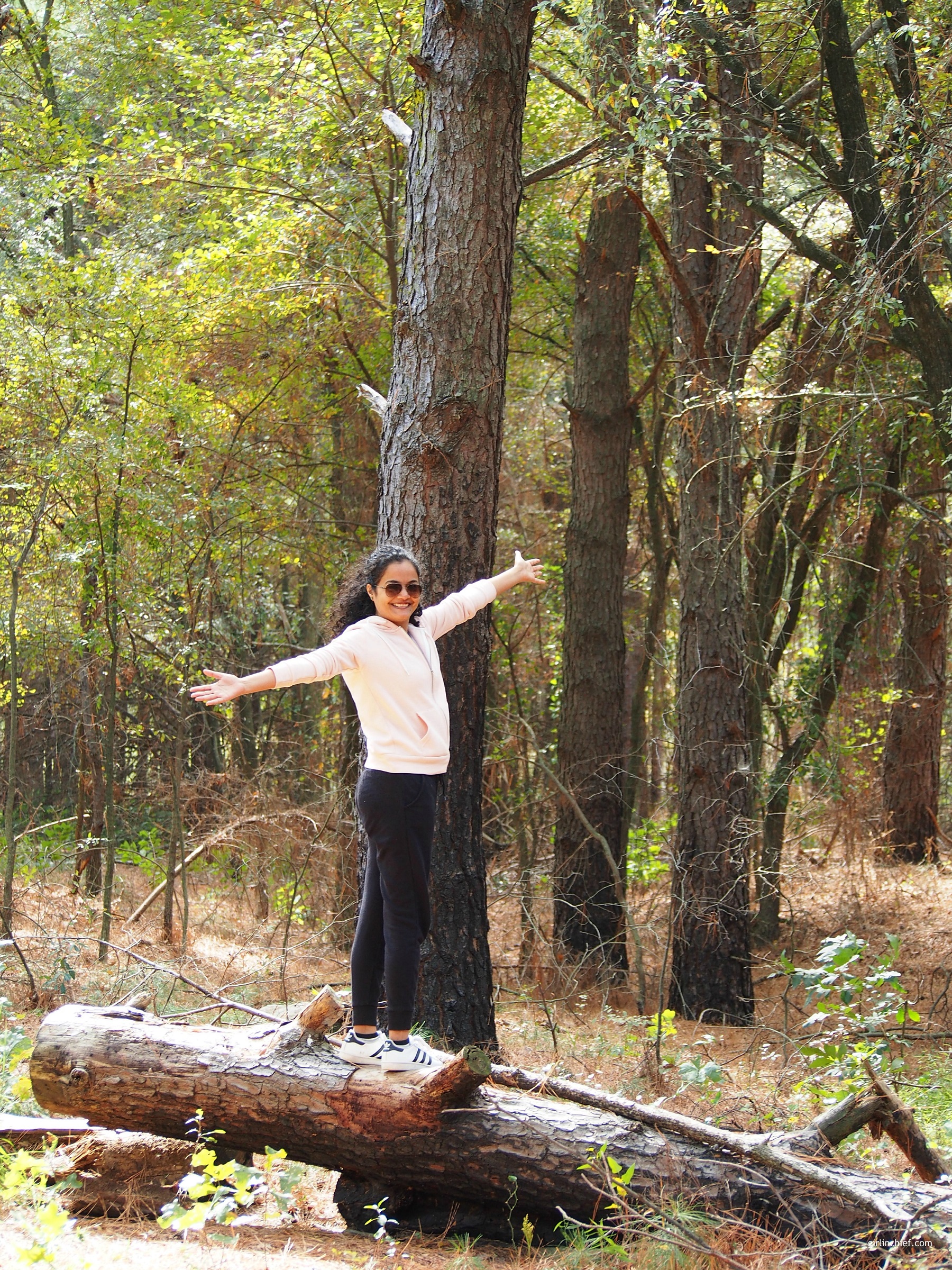
4. You will walk a lot – Hiking is my favorite activity to do when I am camping. All state/national parks have plenty of trails for different activities like hiking, mountain biking etc. It’s a wonderful way to enjoy the nature and workout at the same time. You will forget how hot or cold the weather is once you start enjoying the sight.
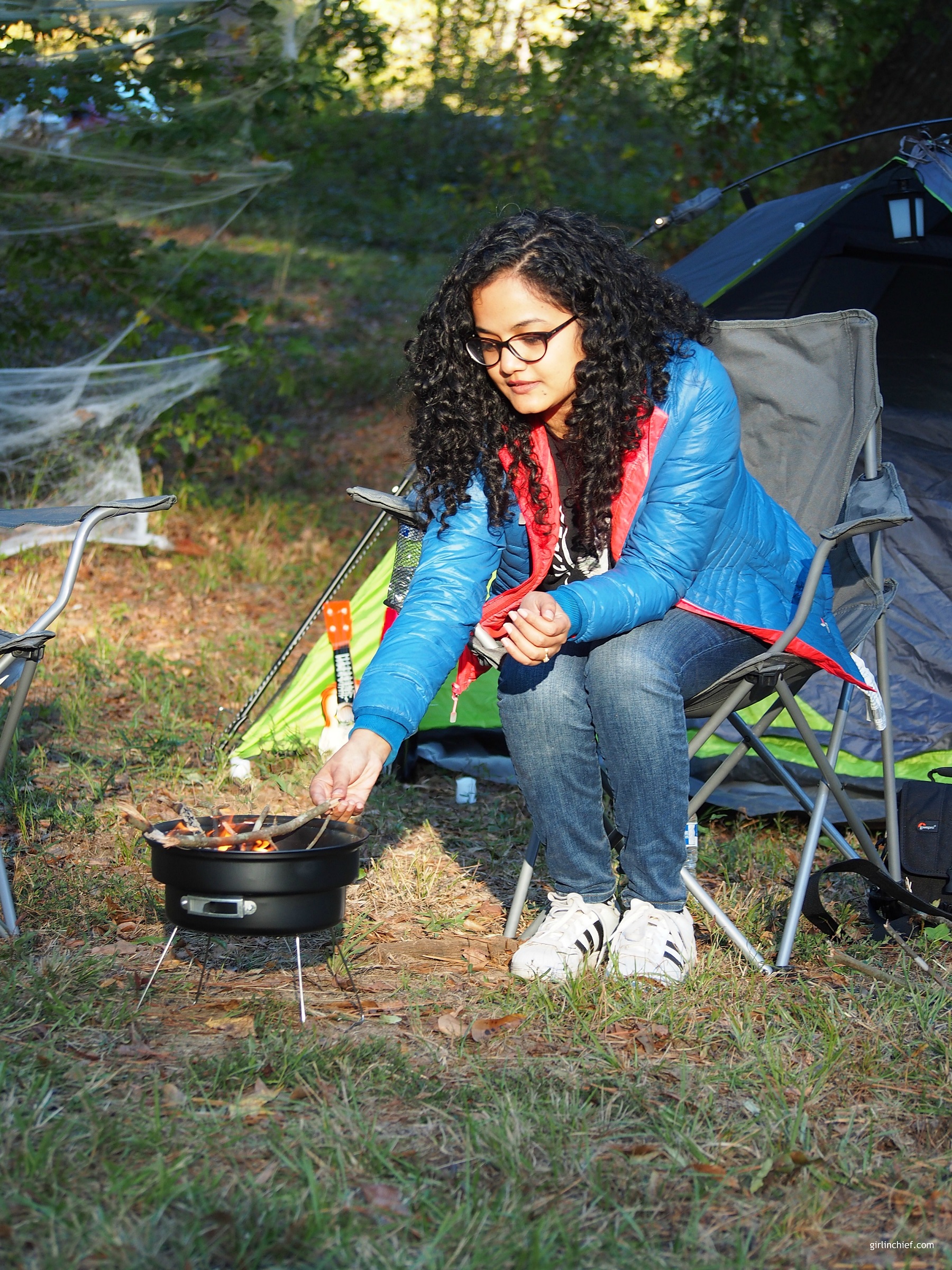

5. You will experience beauty and joy in everything – My favorite part of camping is gathering around the fire at night, playing games, chit chatting instead of watching Netflix or constantly checking the phone. We eat our meals together in a group, appreciate each other’s efforts and experience the beauty of being present in the moment. It is magical how nature lets you experience the beauty in everything, and how little things can bring you joy. Even the simplest of meals will seem like the best!
My second favorite part of camping is sleeping in a tent. It feels like a pajama party, we chat all night until one of us has dozed off.
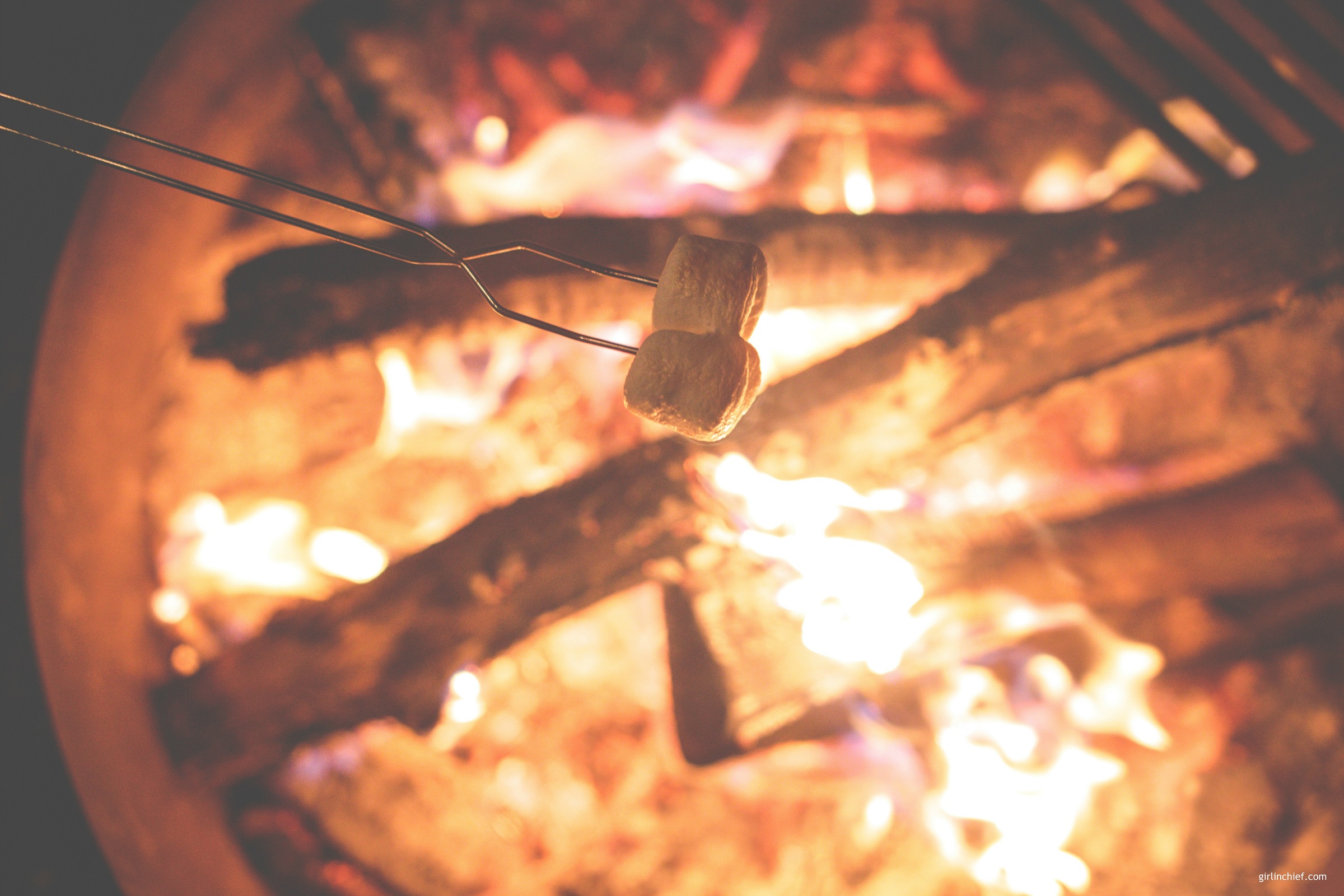
What To Wear For A Fall Camping Trip
1. Layers
Layering is key to staying warm in the fall and winter season. It also helps you to pack light as you can mix and match your pieces to create new outfits. Be sure you bring comfortable and warm clothes like a long sleeve tee or a thermal tee, lightweight sweatshirt or sweater, sweatpants, fleece lined leggings, a puffer vest or a pack easy down jacket, fleece jacket, a plaid shirt for layering, an all-weather jacket, a beanie hat and some thick socks.
2. Rain Jacket/Waterproof Jacket
Fall weather can be unpredictable – There are chances of rain in many areas. So always carry a rain or all-weather jacket with you irrespective of what forecast says. It will also help you retain warmth as an extra layer at night. My favorite is this.
3. Hiking Boots/Sneakers
Comfortable and waterproof boots are a must especially if you are planning to hike. If you know it’s going to be cold, opt for actual hiking boots that will keep your feet warm. If not you can bring your regular running or gym shoes. But keep in mind, the shoes are going to get really dirty.
4. A Cap/Hat
A hat is a must for me. It will keep you warm in cold and in Sun it will you protect your face from direct UV radiations. Depending on the weather, pack a baseball hat or a beanie.
5. Backpack
Carry a small backpack with your hiking essentials like a water bottle, extra socks, sunscreen and energy bars. I love this waistpack.
What Gears To Bring
What kind of camping gear you need depends on the type of campground you visit. For infrequent campers, consider borrowing your equipment. Did you know that outdoor stores like REI rent camping gear? Here’s the complete list, along with my tips and recommendations.
1. Invest in a good tent
You need a good tent that doesn’t leak and has a full rain fly. With the wind in fall, be sure to properly pitch your tent with extra stacks. Always carry extra stacks in case you lose one. Before leaving home, set up your tent in the backyard to make sure it’s functioning properly. Be sure to test all the zippers as well. I really love my pop up tent because it’s so easy to set up.
2. Sleeping bag and pad/air mattress
I’ve never actually carried a sleeping bag. I just use an air mattress, a soft and cozy throw to cover it and a comforter. But on my last camping trip, it got really cold during the night and that’s when I decided that investing in a sleeping bag would be a good idea. So, for colder months make sure you carry an insulated sleeping pad and a zero degree sleeping bag.
3. Portable Lamp
Earlier, we underestimated the usage of the lamp. We thought the campfire will give us enough light but you definitely need portable lamp inside your camp that you can carry with you to restrooms at night. We use these $3 lamps that were really bright.
4. Lounging Chair
Remember to bring your own chair because when the campfire is set up, everyone likes to sit in front of the fire. I use these and love this chair.
5. Grill Set
You always have the option of going out to nearby towns for your meals, but if you plan to cook during your camping, you will need some preparation. Most campsites provide a grill or fire ring as one of their amenities. You can check their website or call them to check with them before booking your campsite. Alternatively, you can buy this grill set that is awesome. (We always used to head out for our meals, but on our last camping trip, we decided to make some simple meals and realized that cooking a campfire meal is a lot fun and makes your camping experience complete.)
6. Cooler and Ice
You definitely need one for cooling your drinks and refrigerating food. This one comes with wheels. Alternatively, you can go for something like this (perfect for a couple).
7. Propane Stove and Fuel
Again, you will need this if you’re planning to cook proper meals. Carry extra propane gas cylinders with you as colder temperatures lead to longer cooking time. I like this 2-burner stove and plan to buy this cookware set for my next camping.
8. Thermos
To keep your hot coffee or tea hot. This one is stainless steel and BPA free.
9. Bug/Mosquito Repellant
A bug repellant is a must. I found this all natural mosquito repellent bracelet.
10. Storage Locks/Bear Cans
Be sure to not leave any food or drinks open at night to avoid attracting animals to your campsite. Store them in bear cans, hangs and use locks to lock your cooler or put your leftover food back in your car.
For waste management, we separate our recyclable waste in a separate trash bag like we always do at home. Apart from saving the environment, it also helps in reducing the plastic usage in general. You can always bring back the recycle trash bag with you if you can’t find any recycling dumpster at your campground.
Here’s a general camping checklist that I use:
Before You Leave
- Charge air pump
- Charge rechargeable batteries
- Charge camera battery
- Charge LED lantern
- Freeze blocks of ice
- Get cash – You’ll need smaller bills to pay for firewood, entrance fees and your campsite
- Shop for groceries
Buy Near Campsite
- Firewood – To avoid spreading Emerald Ash Borer (and breaking the law), buy firewood near your campsite
- More ice
- Cold beer – Things that start cold, stay cold. We like to drink local beers when we’re traveling
Nearby In The Car
- Directions – Your phone’s GPS can have a meltdown when you’re driving on country roads. Print directions as a back-up
- Guidebooks/printouts of activities, trails, things to do in and around your campground
- Reservation info
Lounging
- Chairs
- Blankets – I use this blanket. It’s great for snuggling up around the campfire and we also throw it over our sleeping bag on cold nights
- Book/Kindle
Chilling Food & Beverages
- Beverage cooler – The beverage cooler gets opened (and left open) a lot. Bring a separate cooler for food
- Food cooler
- Ice
- Water jug
Campfire
- Torch lighter
- Matches
- Newspapers
- Tarp or a plastic bag – to keep firewood dry
Shelter
- Tent – I love, love, love my tent. It is a pop up tent and can be easily set up in 10 minutes. It has perfect amount of outlets, so I never feel claustrophobic. And just so you know, a 4 person tent will only fit two people and some bags comfortably
- Tent poles
- Tent stakes
- Hammer/Mallet
- Tarp – in case of rain
- Sleeping bags
- Pillows – Mini pillows are big space savers in the car
- Air mattress – I use this
- Air pump
- Sheets/Throws
- Entry rug –I use an old rag rug. Great for taking off shoes and keeping dirt out of the tent. Plus I can just throw it in the wash when we get home
- String lights/banners – to beautify your campsite and add that personal touch
Cooking
- Stove – Look for camp stoves at garage sales
- Propane
- Propane adapter
- Grill set
- Cooking grate – An inexpensive grate is useful for cooking over the campfire. A grate is especially useful at more primitive campsites that don’t have a fire ring with a built-in grate
- Dutch oven – You’ll want a camp dutch oven with feet
- Dutch oven lid lifter – This really comes in handy
- Cast iron pan
- Pot with lid
- S’more roaster – We just tried this s’more maker
for the first time
- Potholders/Oven mitts
- Cooking spray
- Salt & Pepper
- Hot sauce
- Garbage bags
- Aluminium foil
- Tablecloth – Vinyl without a felt backing works best
- Paper towels
- Bowls
- Plates
- Cutlery
- Cutting board
- Chopping knife
- Can opener
- Scissors
- Serving spoon/ladle
- Tongs
- Spatula
- Dish washing soap
- Dish washing sponge
- Dish towel
- Storage containers
Beverages
- Mugs
- Kettle
- Coffee/instant coffee/tea mix
- Sugar
- Beverages
- Bottle opener
- Corkscrew
Clothing
- Underwear
- Pants/sweatpants/leggings
- Shorts
- Shirts
- Fleece
- Rain jacket
- Hiking boots
- Socks
- Flip flops – for using in the bathroom and toilets
- Sweatshirt
- Pajamas
- Hat/cap/beanie
- Sunglasses
- Swimsuit – for summer months
Exploring
- Backpack/waistpack
- First-aid kit
- Water bottles
- Bug spray
- Sunscreen
- Cell phone
- Cell phone charger
- Camera
- Camera charger
- Pocket knife
- Binoculars
- Hand warmers/gloves
Light
- Torchlight
- LED lantern
- Batteries
- Candle
Personal
- Hand sanitizer
- Toothbrush
- Toothpaste
- Floss
- Hairbrush
- Baby wipes – I use generic baby wipes for wiping off my hands as well as cleaning. I also like to bring Neutrogena Makeup Remover Cleansing Towelettes
for my face
- Deodorant
- Towels
- Face wash
- Body wash
- Shampoo/conditioner
- Razor
- Shaving cream
- Chap stick
- Tissues
- Toilet paper
- Glasses
- Contacts
- Contacts case
- Contacts solution
- Pocket mirror – Nice to have for putting in/taking out contacts
Important Things To Remember
1. Check the weather before you go
Don’t let the challenges of weather spoil your camping plans. Look at forecasts ahead of time specific to the parks or campgrounds. In the event of unexpected weather, don’t panic. It’s often better to ride out bad weather than to hurriedly hike through it. Remember that warm weather can quickly turn. Depending on where you go, be prepared for the chance of rain, snow or other severe weather.
2. Arrive early and set up with care
- Remember, the days get shorter in fall, so be sure to allow yourself extra time to arrive at your campsite before dark
- When you set up your campsite, secure your tent firmly in case of intense winds
- Some animals can be more aggressive as winter nears, so beware bee hives and be sure to eliminate trash from your campsite to prevent bears
3. Keep your distance from wildlife and practice ‘leave no trace’ principles
Wildlife are often engaged in fall mating rituals so be careful to respect their space. Many wild areas where camping occurs are vulnerable to threats like overuse and development in the greater area, so always be sure to use ‘leave no trace’ camping practices.
4. Leave more time for cooking
Cooking times are longer in low temperatures. Plan to rise early to heat warm liquids to sip for keeping warm throughout the day (as I mentioned above, a warm water bottle in your sleeping bag at night is nice too). Also, bring foods like:
- Easy to prepare items in case weather conditions prevent you from cooking
- Good fats like nuts and avocados are also helpful as you burn calories on the trail
5. Be ready to make an emergency retreat
Bring extra money/credit cards and be prepared to use it to eat out or spend the night in town if absolutely necessary.
That’s my checklist. Am I missing anything? Are there any other items that you can’t live without? Let me know in the comments below.
Meetup.com groups for camping and other adventures in Texas: North Texas Outdoors and Random Events Dallas.
Pin the image below to save for later

